Top Signs Your Basement Needs Professional Attention
At ADry Basement Waterproofing Albany, we understand that even the slightest basement issues can snowball into significant challenges if we don’t address them in time. Whether it’s dampness, persistent mold, or unexpected spikes in energy bills, these subtle signs are flashing warnings that it’s time to call in the professionals. In this article, we’ll explore the common indicators that your basement may be distressed—think unusual odors, telltale water stains, structural cracks, and even the unwelcome presence of pests. By recognizing these signals early on, we can better protect our homes and maintain a safe indoor environment for our families.
Our goal is to empower homeowners in Albany with the knowledge to safeguard their properties with effective basement waterproofing Albany NY solutions. Investing time to understand these issues improves our living spaces and helps preserve our homes’ integrity. Join us as we dive into our comprehensive guide, aimed at helping us navigate the critical steps in basement care and ultimately protect our investments for years to come right here in Albany, NY.
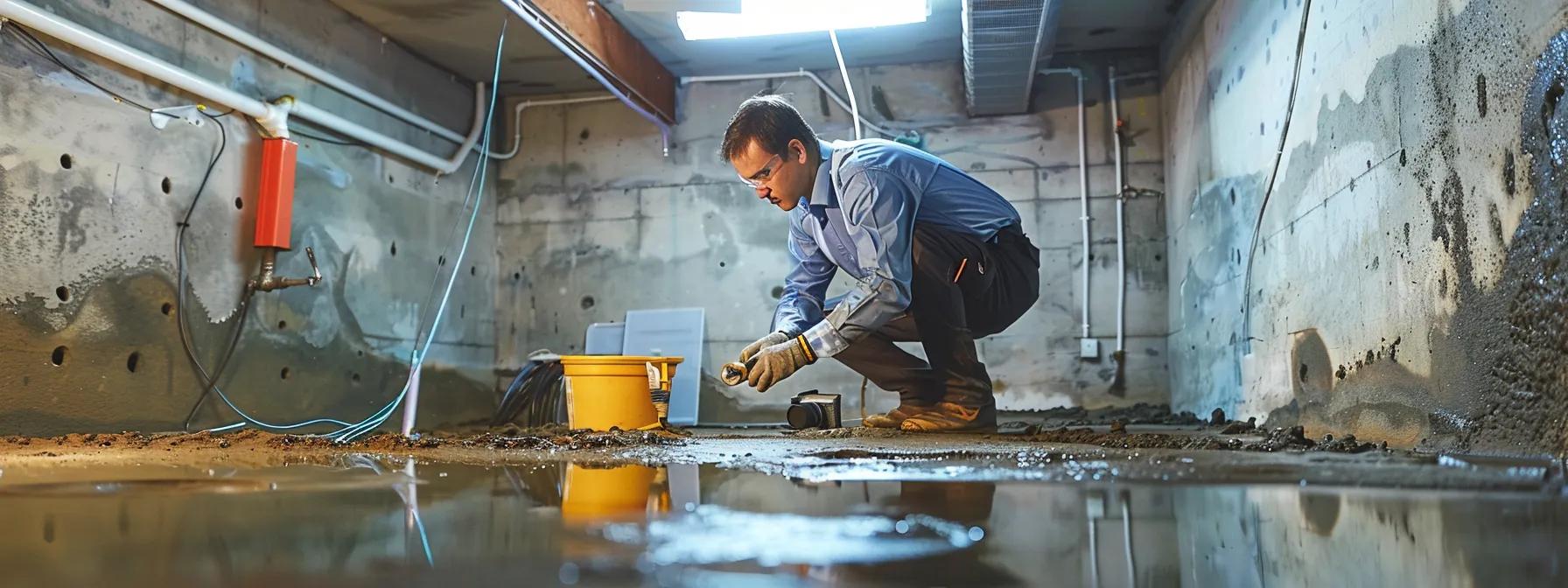
Recognize Unpleasant Smells Signaling Basement Issues
Unpleasant odors in your basement often indicate moisture accumulation and potential mold growth. Addressing these smells early can prevent further deterioration of building materials and indoor air quality.
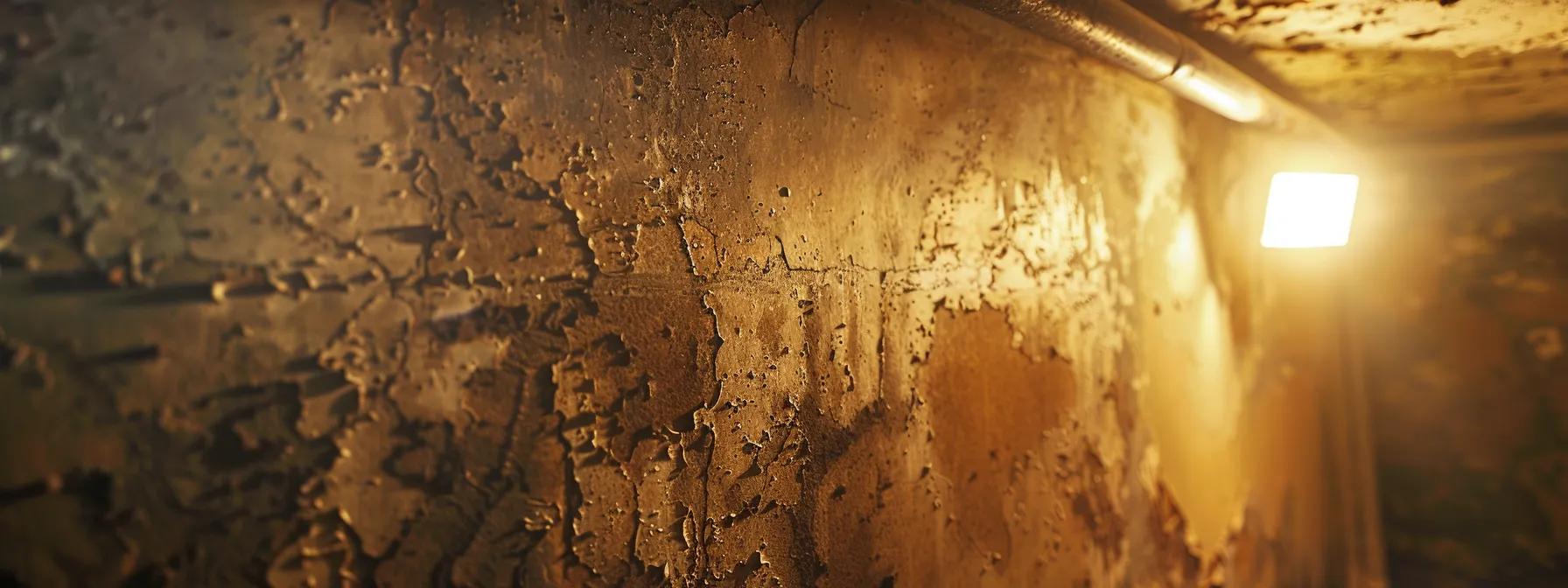
Identify Common Odors Indicating Moisture or Mold Presence
We often detect a musty, earthy smell that signals the presence of moisture and potential mold colonies. Such odors typically arise when damp wood or insulation begins to decay, and our inspections routinely include sampling for fungal contaminants to ensure safe indoor air quality.
Understand How Musty Smells Can Affect Air Quality
A persistent musty odor compromises indoor air, affecting respiratory health and overall comfort. Studies suggest continuous exposure to mold-related bioaerosols can trigger allergic reactions and asthma symptoms. We make it our priority to address these issues promptly to protect your home environment.
Learn About the Effects of Chemical Odors in Your Space
Chemical odors sometimes stem from cleaning agents or off-gassing building materials that deteriorate in damp conditions. These odors can worsen over time and may indicate underlying water damage, releasing volatile compounds. It is essential to identify the source to avoid further structural and indoor air quality issues.
Observe Water Stains Indicating Potential Problems
Water stains on walls and ceilings signal moisture intrusion, often preceding more serious issues like leaks or foundation failure. We inspect these stains carefully during our property evaluations.
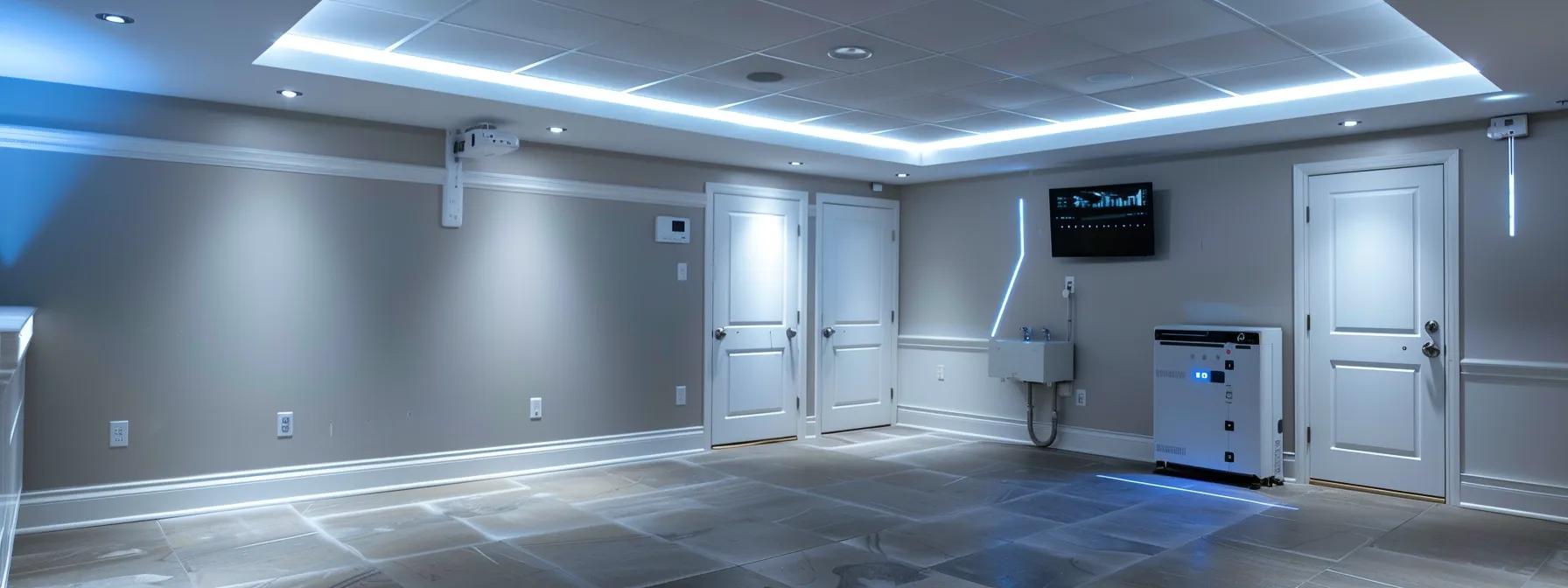
Detect Areas of Discoloration on Walls or Ceilings
Discoloration on basement surfaces is typically caused by water seeping through cracks or joints. Look for uneven patches or streaks of brownish-yellow, which tell us that water is following a path through porous materials.
Assess the Meaning Behind Dark Spots and Streaks
Dark spots often indicate long-term moisture exposure. If not remediated immediately, these spots may lead to mold growth, and our team uses specialized moisture meters to quantify the extent of water intrusion.
Examine Where Water Stains Are Most Prevalent in the Basement
Areas near windows, corners, or where pipes run might show the earliest signs of water staining. A systematic inspection of these critical zones helps us identify potential sources like downspouts or cracks in the foundation.
Notice High Humidity Levels Affecting Your Basement
High humidity in your basement indicates that moisture is not being effectively managed. Excess humidity can lead to surface condensation, contributing to mold growth and wood rot.
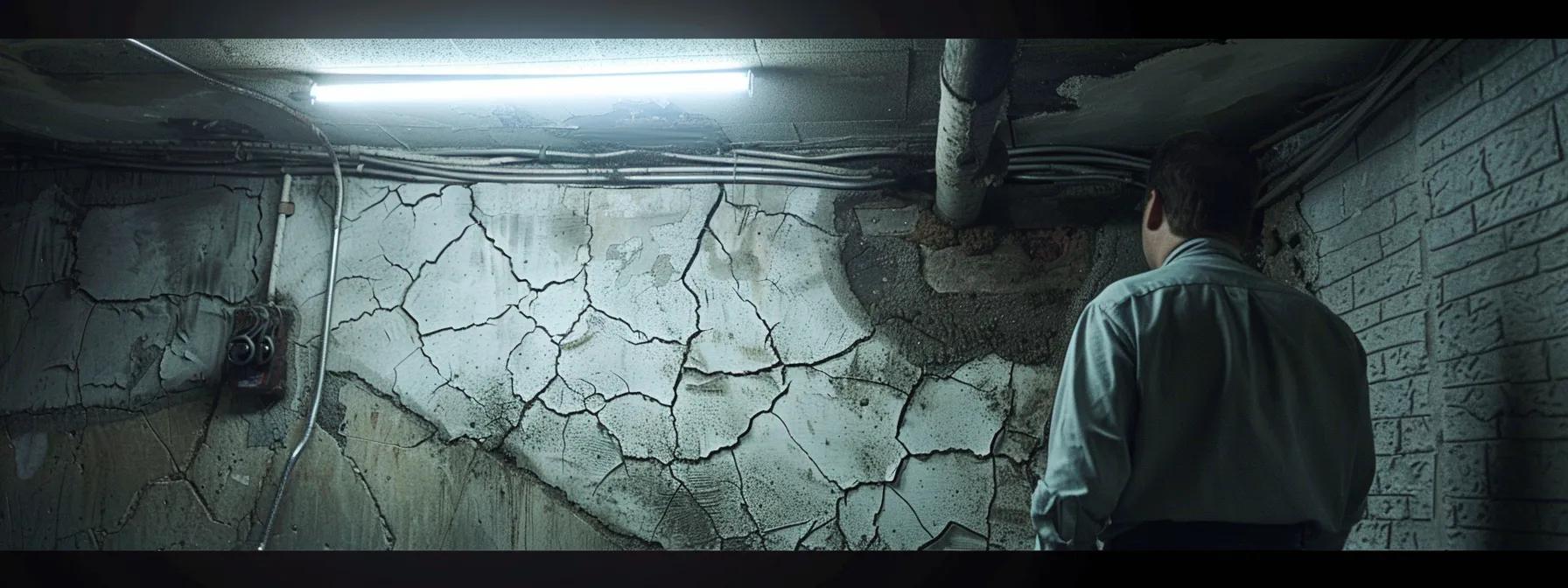
Measure Humidity With a Hygrometer for Accurate Readings
We recommend using a reliable hygrometer to monitor basement humidity. Readings above 60% suggest that the environment is too moist, requiring prompt remedial actions such as improved ventilation or dehumidification.
Compare Indoor Humidity to Recommended Levels for Comfort
The comfortable indoor range should be between 30% and 50% humidity. When levels consistently exceed this range, it not only affects comfort but also accelerates the deterioration of building materials.
Recognize Signs of Condensation on Surfaces
Condensation on pipes and windows is an early warning sign. When water droplets form on cold surfaces, it suggests that the basement lacks proper insulation or that the air conditioning system is overburdened, prompting further investigation.
Identify Structural Cracks and Damage in Your Basement
Cracks in walls and floors are visible signs of structural stress. Even small fissures can widen over time, allowing water to leak in and causing further damage. We ensure a detailed analysis of any crack formation during our inspections.
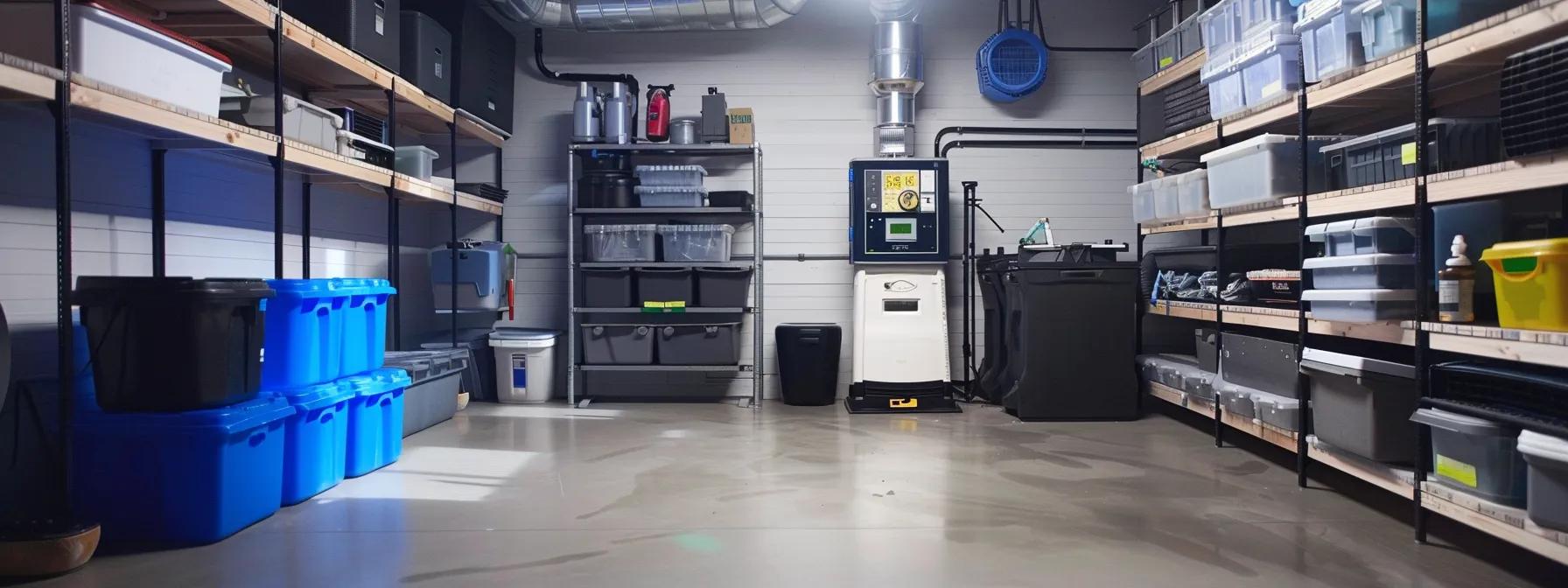
Inspect for Visible Cracks on Walls and Floors
During our inspections, we look for both hairline and larger cracks. Even seemingly minor cracks in concrete basement walls can expand, weakening the overall structural integrity.
Understand How Widening Cracks Can Indicate Serious Issues
Expanding cracks are a red flag. They can be symptomatic of settling foundations or pressure buildup from groundwater, consequently threatening the security of your home.
Evaluate How Cracks Can Result in Water Intrusion
Cracks often serve as entryways for moisture, compromising insulation and leading to excessive condensation. Addressing these issues early with proper repair methods can avert costly water damage and mold-related problems.
Monitor Pest Infestations That Require Immediate Attention
When it comes to our homes, we often overlook the basement, especially when it’s damp. However, a wet basement can quickly become a haven for pests like rodents and insects. We might not realize it, but their presence clearly indicates that moisture issues are at play. This isn’t just an inconvenience; it can lead to significant health risks and may even harm the structural elements of our homes.
Taking care of our basements is essential, and when we think about basement waterproofing Albany NY, it becomes even more critical. By addressing the moisture issue, we not only create a healthier environment for ourselves and our families but also ensure that our homes remain structurally sound. So, let’s tackle those basement challenges head-on and safeguard our living spaces from unwanted visitors and potential damage.
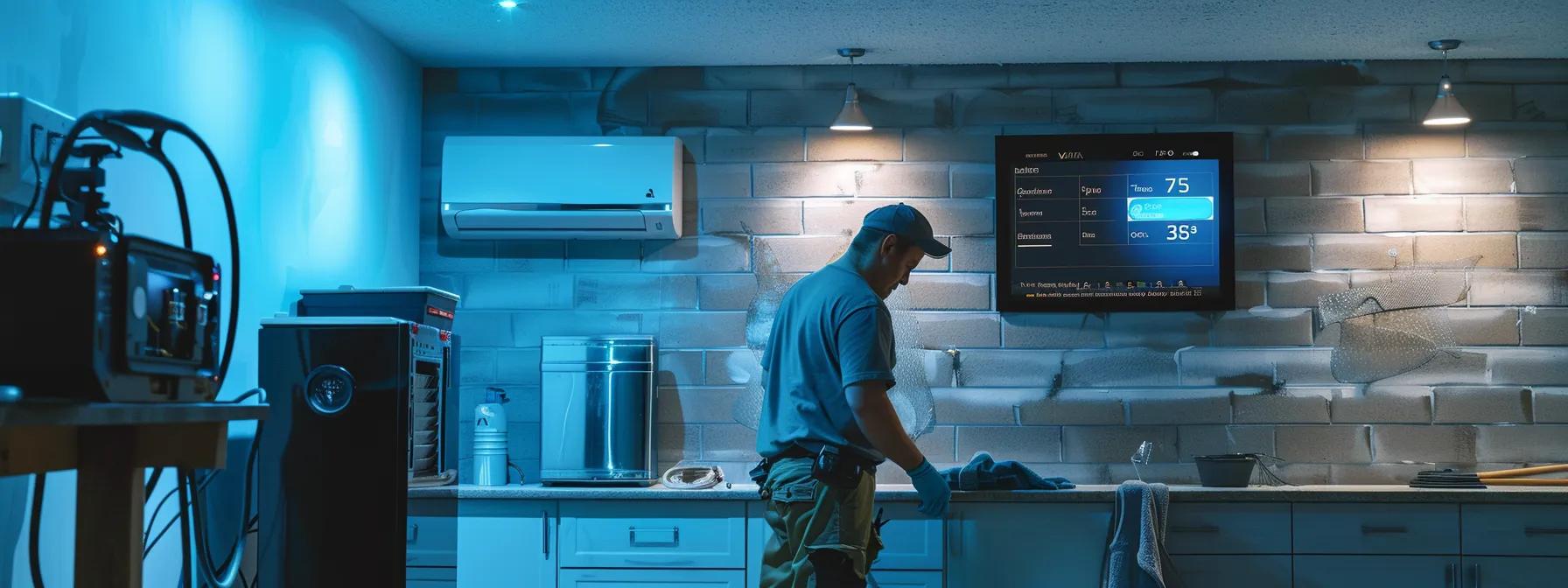
Recognize Signs of Rodents or Insects in Your Basement
We frequently notice visible signs such as droppings, gnaw marks, or even nests. These indicators suggest that your basement could be a thriving habitat for pests, which need to be addressed as part of a comprehensive waterproofing strategy.
Inspect for Droppings and Nests Indicating Infestations
Regularly checking for droppings allows us to determine the extent of an infestation quickly. Pests can hollow out insulation and damage wiring, increasing repair costs.
Understand How Pests Can Compromise Structural Integrity
Pest infestations can lead to significant structural damage if left unchecked. Rodents, in particular, chew electrical wiring and building materials, accelerating moisture problems and potentially creating fire hazards.
Respond to Increased Energy Bills Suggesting Issues
Unexpected spikes in energy bills can stem from roof or basement inefficiencies. In our experience, these fluctuations often indicate that your basement’s moisture or air leakage problems are overworking your HVAC system.
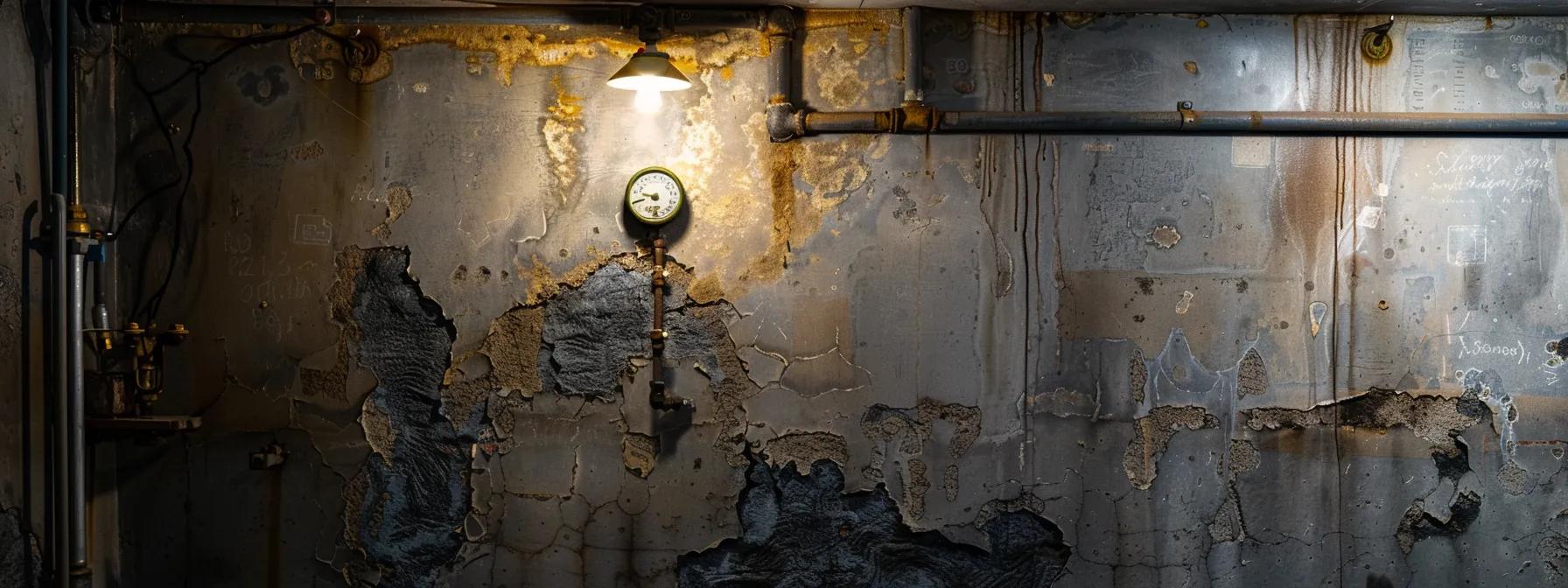
Analyze Fluctuations in Your Utility Bills Over Time
When energy bills increase without a corresponding rise in usage, it’s a sign that your air conditioning and heating systems are losing efficiency due to basement issues. We use detailed utility audits to pinpoint such problems.
Investigate How Basement Issues Can Lead to Energy Inefficiency
Water damage and damp insulation force your HVAC system to operate harder, driving up energy costs. Cracks in the foundation allow cold air infiltration or loss of conditioned air, directly impacting efficiency.
Identify Areas Where Air Leaks Could Occur in Your Basement
Leaks around windows, doors, or structural cracks can lead to energy wastage. A thorough property inspection helps us locate these problem areas, enabling us to recommend targeted repair and waterproofing measures.
Detailed Troubleshooting Lists
Moisture Indicators to Watch For:
- Persistent musty odors indicate mold presence.
- Visible water stains on walls and ceilings from prolonged exposure.
- High humidity levels measured above 60% by a hygrometer.
Structural Warning Signs:
- Hairline cracks that may widen over time.
- Large fissures in basement walls are likely caused by foundation stress.
- Areas near pipes where water intrusion is prevalent due to old insulation.
Inspection Summary Table
This table summarizes common basement issues, highlighting symptoms and their potential impact on your home, which further reinforces the importance of regular professional inspections.
Frequently Asked Questions
Q: How can I tell if my basement smell is due to mold? A: A persistent musty odor that lingers suggests the presence of mold, which requires professional testing and remediation to protect indoor air quality.
Q: Are water stains in the basement always a sign of serious damage? A: Not always, but they often indicate moisture issues that can lead to long-term structural problems if left untreated.
Q: What hygrometer reading is considered too high for a basement? A: Readings above 60% are generally too high and can promote mold growth and wood rot, necessitating dehumidification or improved waterproofing.
Q: How soon should I address visible cracks in my basement? A: Visible cracks should be inspected immediately, as they may expand over time and lead to water intrusion and structural instability.
Q: Can increased energy bills really be linked to basement issues? A: Yes, insulation problems and air leaks due to moisture or structural cracks can force HVAC systems to work harder, resulting in higher energy consumption and bills.
Final Thoughts
At ADry Basement Waterproofing Albany, we believe that catching basement problems early is essential for protecting our homes and avoiding expensive repairs. If you’ve noticed unusual odors, water stains, increased humidity, or cracks in your walls, these signs might indicate that it’s time for us to step in. When we address these issues swiftly, we contribute to a more comfortable living environment, ensure the structural integrity of our homes, and improve energy efficiency.
We recommend that homeowners schedule regular inspections and maintenance for their basements to keep them safe and dry. By taking these proactive steps, we can work together to preserve our homes and enhance their overall value. After all, a well-maintained basement is not just about preventing leaks; it’s about creating a space that supports our way of life while protecting our greatest investments. Let’s make basement waterproofing Albany, NY, a priority for our homes!
